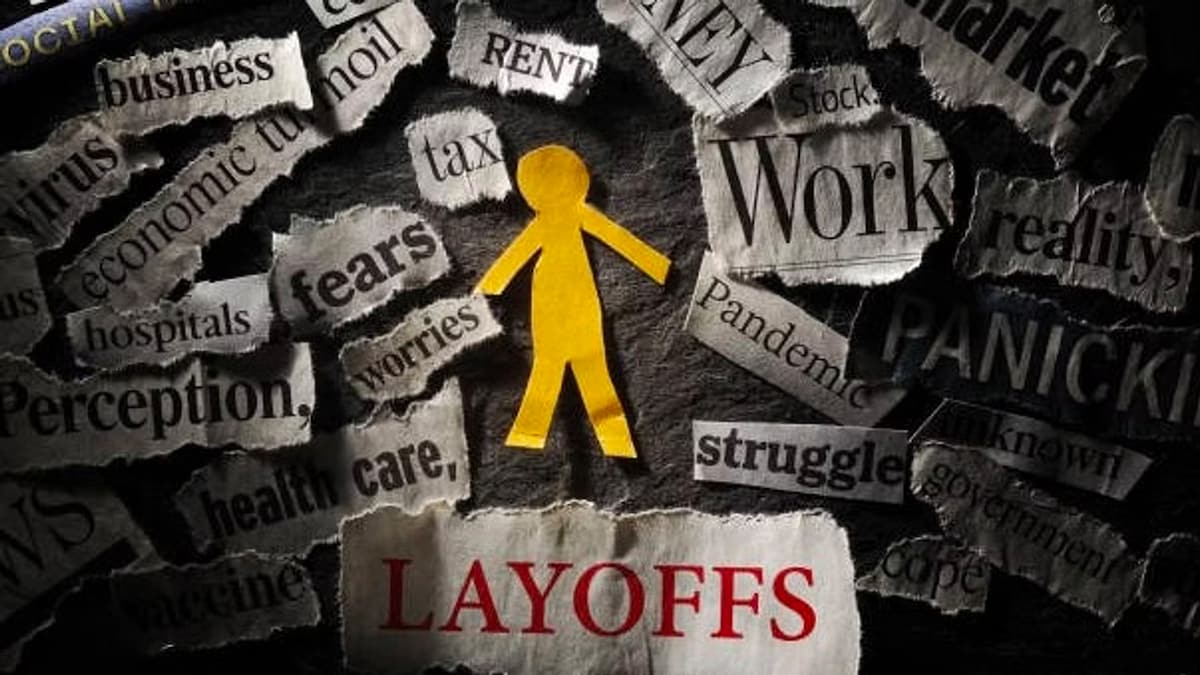In a move that reflects broader economic challenges and evolving industry needs, several leading American corporations from Nike to Intel are poised for significant layoffs in the coming year. This trend underscores the increasingly unpredictable job market and the ongoing shifts in global business strategies.

Economic Pressures and Strategic Overhauls Lead to Job Cuts
As 2023 draws to a close, the specter of layoffs lingers over the workforce, with major names like Nike, Intel, and Citigroup preparing for substantial staff reductions in 2024.
This unsettling trend is not confined to a few industries but spans across sectors including technology, finance, media, and retail, signaling a tough road ahead for many professionals.
The full list of major US companies slashing staff next year, from Nike to Intelhttps://t.co/NGq7AEK4xx
— M1Κ4_3L (@M1K4_3L) December 26, 2023
Nike’s Strategic Cuts Amidst Expansion
Nike, the athletic-wear giant, has announced a daunting $2 billion cost-cutting initiative that will span over the next three years, starting from its fiscal second quarter.
This plan, highlighted in the company’s recent earnings report, primarily targets severance costs, which are expected to total between $400 million and $450 million, notably in the fiscal third quarter.
The layoffs are part of a larger strategy to “increase automation and use technology more effectively” and to “simplify product assortments,” aiming to streamline operations and boost efficiency.

Intel’s Continuing Reductions
On the technological front, Intel has been transparent about its aggressive cost-cutting measures, which include additional layoffs beyond the 235 job cuts scheduled at its Folsom, California campus at the end of December 2023.
This decision is part of a broader effort to “accelerate strategy and reduce costs” through targeted workforce reductions in specific business areas. A spokesperson from Intel emphasized the difficulty of these decisions, ensuring that the company is committed to handling these transitions with the utmost respect for affected employees.
Citigroup’s Organizational Revamp
Citigroup is not far behind in this unsettling trend. The financial institution announced a major overhaul in September, known internally as “Project Bora Bora,” aimed at eliminating “management layers” to hasten decision-making processes.
This restructuring is expected to reduce the workforce significantly, with rumors of cuts potentially reaching 10% in several of its major sectors. These changes, which began in November, are set to continue into February 2024, as part of efforts to reduce complexity and increase operational efficiency.

Industry-Wide Impact and the Role of AI
Beyond individual company strategies, the broader industry outlook is equally grim. According to a survey by ResumeBuilder, which involved around 900 business leaders, 38% anticipate layoffs in 2024, and about half predict a hiring freeze within their organizations.
Notably, concerns about a looming recession are driving these decisions for many. Additionally, the integration of artificial intelligence in operational processes is cited as a major reason for workforce reductions, with about 40% of respondents indicating that AI advancements would lead to job cuts.
The intersection of economic downturns and technological advancements is reshaping the corporate landscape, pushing companies to adapt to new realities.
As these organizations strive to balance growth and efficiency, the impact on the workforce is profound, highlighting the need for workers to adapt to a rapidly changing employment environment.
While the future may seem daunting for many professionals, these shifts also open up opportunities for growth and innovation. Individuals and companies alike are encouraged to embrace these changes, seeking new ways to thrive in an increasingly digital and interconnected world.
As 2024 approaches, the resilience and adaptability of both workers and companies will be tested as they navigate these challenging economic waters.










